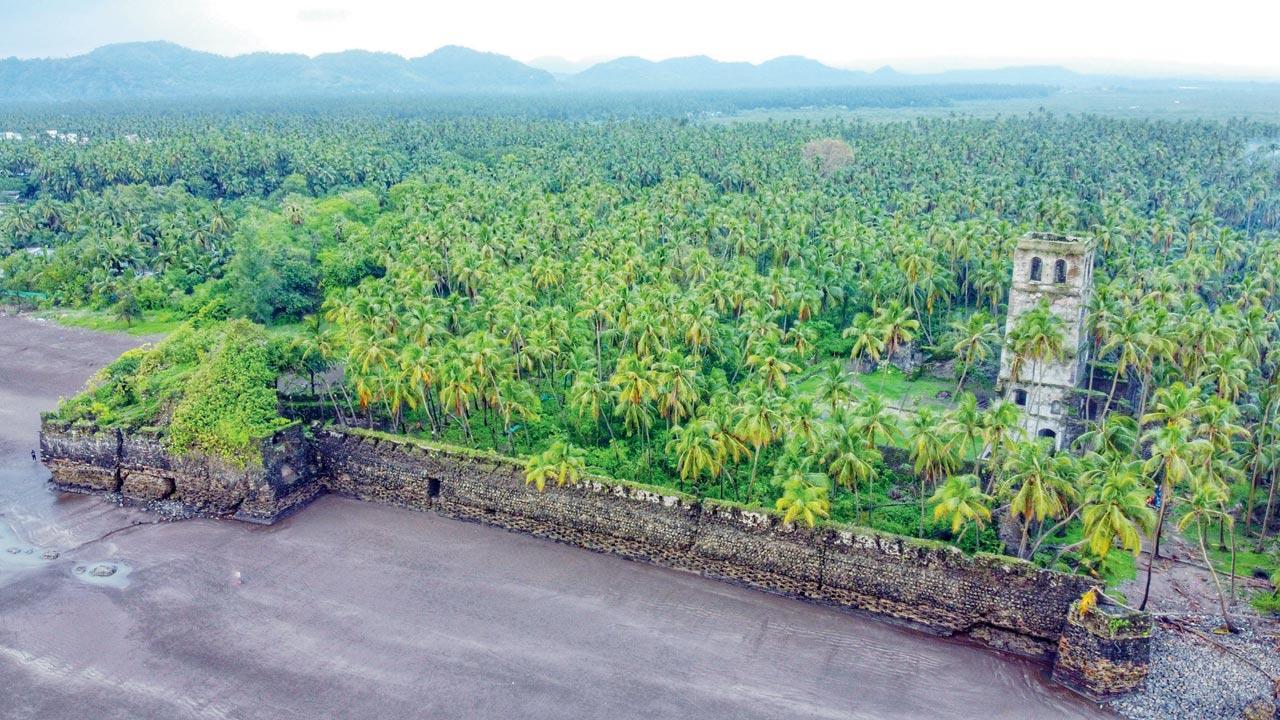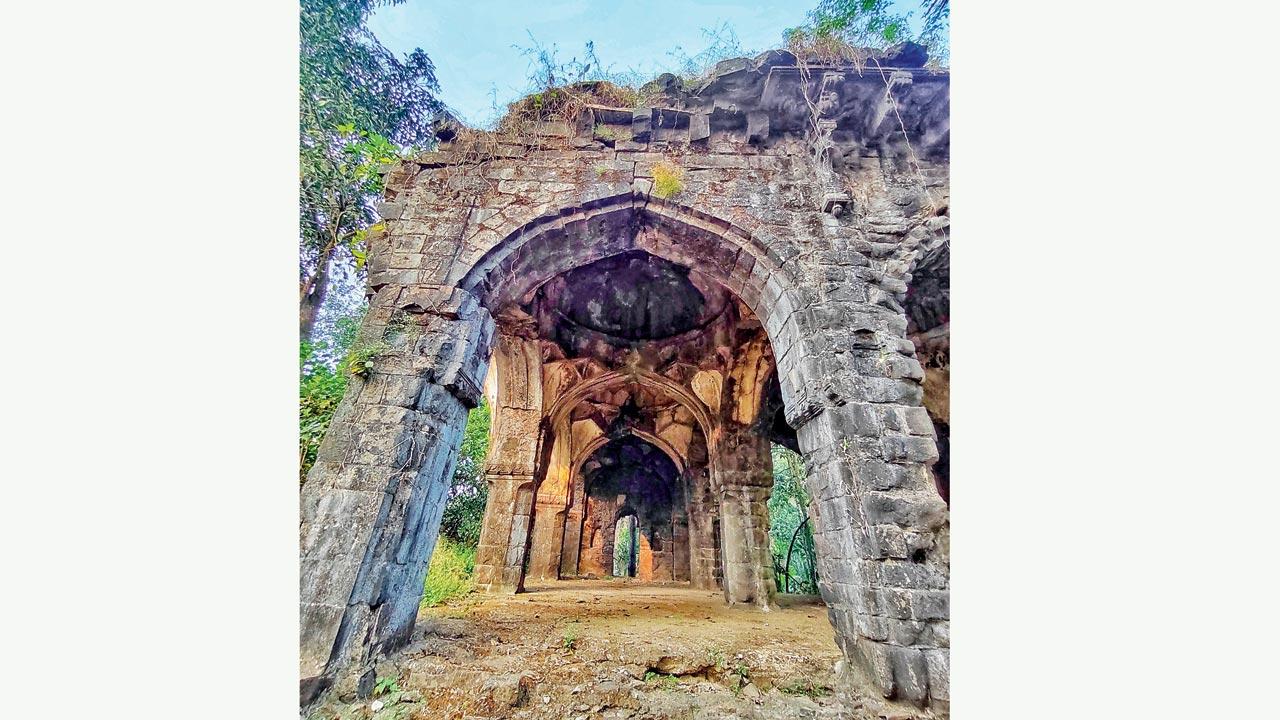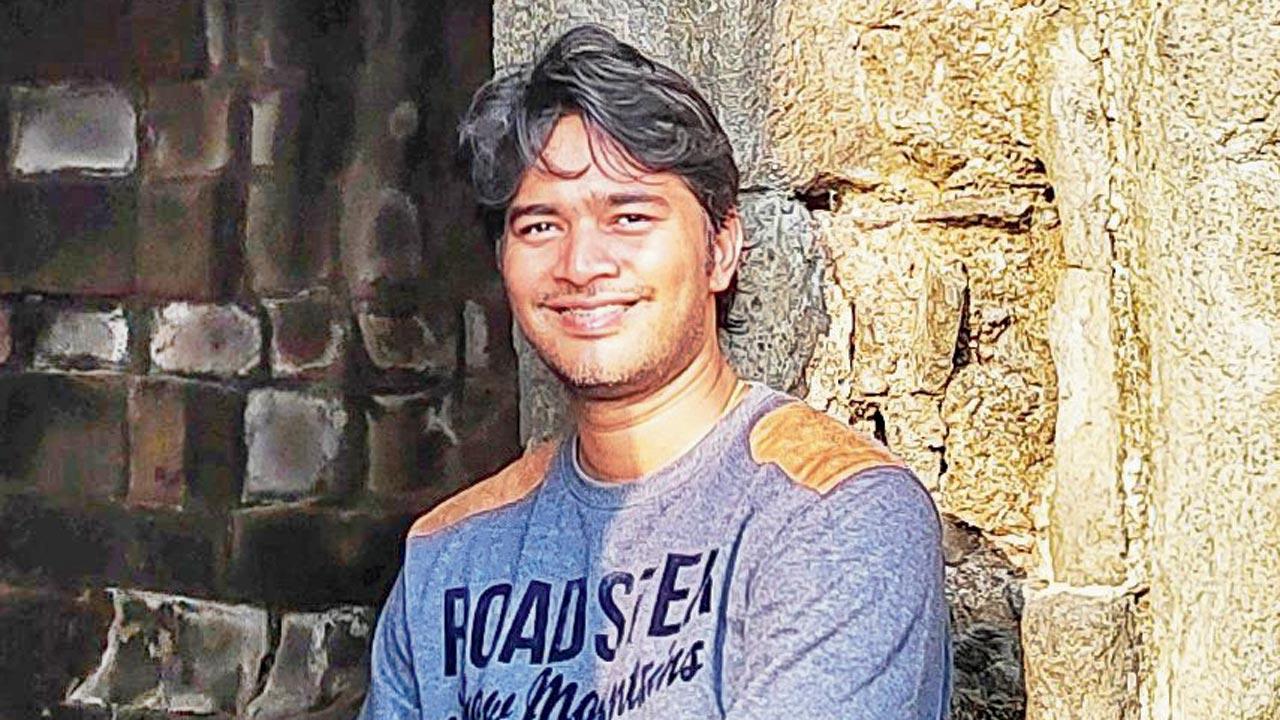An online pronounce takes we on a practical outing to Chaul to try a abounding socio-economic story of a traveller end that you’ve substantially visited though didn’t know most about

Revdanda Fort in Chaul. Pics courtesy/Prashant Gharat
In recalling critical trade ports, how mostly is it that Chaul creates it to a list? About 2,500 years ago before a arrangement of Bombay, a city called Chaul, all of 10 sq km, was a vital general trade port, gulf and centre of nautical activity. Located approximately 125 km divided from a city in Alibaug, or 70 km if we take a ferry, Chaul is now a renouned traveller destination. Using this as an opportunity, Prashant Gharat, archaeologist and researcher, aims to safeguard visitors are cognizant of a story of a ancient port. Gharat will be hosted by Maritime Mumbai Museum Society to broach an online talk, patrician Chronicles of Chaul, that will take listeners by a timeline of a pier when it was operational between a third century BC and 17th century CE.
 Nizamshahi Mosque
Nizamshahi Mosque
Mumbai-based Gharat will make practical halts during several monuments and birthright points to map a story as it upheld by a hands of opposite dynasties and informative influences facilitated by general trade. He tells us that all of these artefacts and monuments etch how well-connected Chaul was with general trade ports and other countries such as China, Africa and a Middle East. The 38-year-old shares that even today, while conducting birthright walks during Chaul, he finds pieces of Chinese blue and white pottery. “These commentary analyse a emigration and acclimatization of communities from several regions to Chaul, that has done a socio-cultural expansion that substantially acted as a bottom of a worldly village in Mumbai.” What catches a eye are a places of worship; Gharat points out by cinema of a mosque, synagogue and temple, a eremite story of Chaul that includes Buddhism, Islam, Zoroastrianism, Hinduism, Judaism and Christianity. He adds, “There are created references of Chaul right from a initial century CE by traders and travellers. Take for instance an marker during Kanheri Caves that mentions donations done by a goldsmith from Chaul. Imagine how well-connected and rich Chaul was to have donated to a Buddhist nunnery some 150 km away; consider about a means of transport 2,500 years ago, too.”
 Prashant Gharat. Pic courtesy/Daksh Naik
Prashant Gharat. Pic courtesy/Daksh Naik
Speaking about Chaul as a traveller spot, Gharat expresses that it’s always critical to pierce from loosening to appreciation of a place as a visitor. Head of a overdo programme, Anita Yewale, notes, “Getting a newer era to pronounce about it is good since they have a new approach of looking during and doubt history, and substantiating new connectors between a past and a present.”
On Jun 25; 4.30 pm
Onwards
Log on to @maritimemms on Instagram to register
Free

